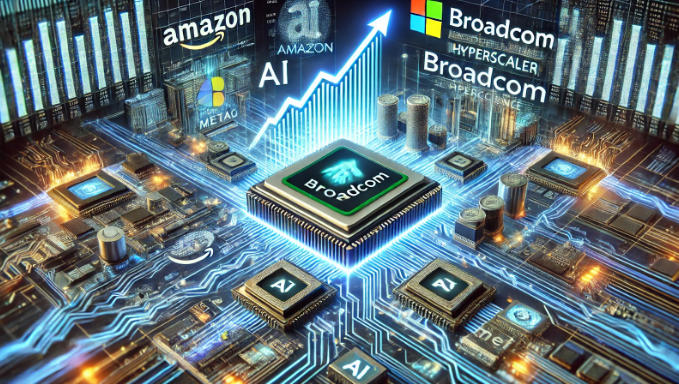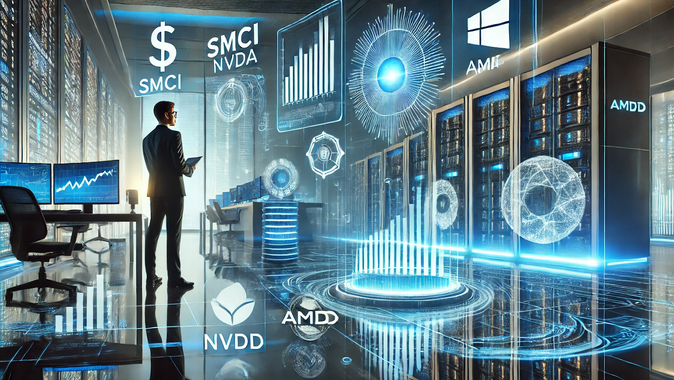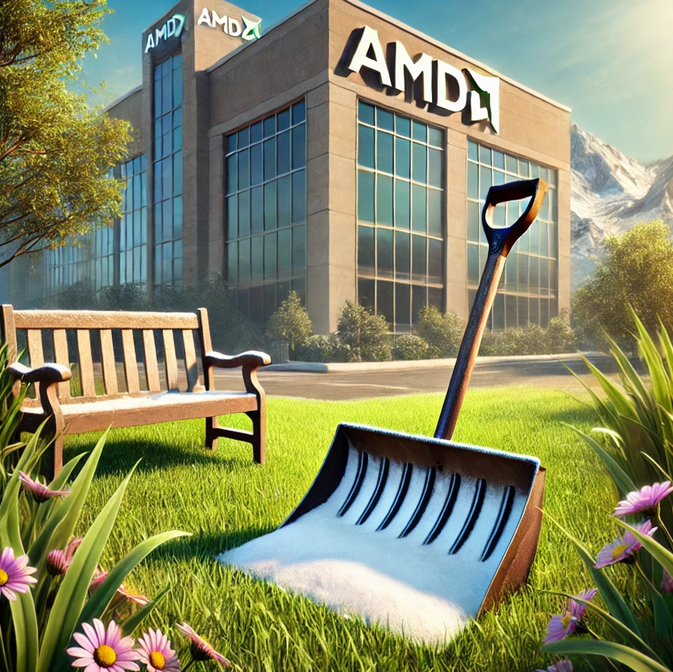Oracle Financial Services Supercharges Investigation Hub with AI Agents, Revolutionizing Financial Crime Detection
In a significant leap forward for financial crime prevention, Oracle Financial Services has unveiled a major enhancement to its Investigation Hub Cloud Service, integrating a powerful suite of artificial intelligence (AI) agents and agentic workflows. This advancement promises to dramatically accelerate and improve the efficiency of financial institutions' investigative processes, enabling them to uncover complex patterns and combat increasingly sophisticated financial crimes.
The financial sector faces a relentless barrage of threats, from money laundering and fraud to terrorist financing. Traditional investigative methods, often reliant on manual data gathering and analysis, struggle to keep pace with the sheer volume and intricacy of modern financial crimes. Oracle's latest innovation directly addresses this challenge, ushering in a new era of AI-driven investigations.
A Paradigm Shift in Financial Crime Investigations
"The addition of agentic AI capabilities to our Investigation Hub Cloud Service represents a paradigm shift in financial crime investigations,"1 stated Jason Somrak, head of financial crime product strategy at Oracle Financial Services. "Our unique generative AI approach follows investigative plans, collects evidence, and recommends actions while providing investigators with robust narratives documenting the findings. This enables firms to drive consistency in decision-making and thoroughly investigate all risks automatically while realizing massive operational efficiencies."2
The core of this enhancement lies in the deployment of a broad class of AI agents, each designed to perform specific investigative tasks. These agents are not merely chatbots that respond to user queries; they are proactive, intelligent systems capable of:
- Automated Data Collection: AI agents can automatically gather and synthesize data from diverse sources, including internal databases, external watchlists, and public records, significantly reducing the time spent on manual data retrieval.
- Pattern Recognition and Analysis: Leveraging advanced machine learning algorithms, these agents can identify subtle patterns and anomalies that may indicate financial crime, even in vast datasets.
- Narrative Generation: A key innovation is the agents' ability to generate comprehensive, human-readable narratives that summarize their findings. These narratives provide investigators with clear and concise reports, facilitating faster and more informed decision-making.
- Risk Assessment and Prioritization: AI agents can assess the risk associated with each case, enabling investigators to prioritize their efforts and focus on the most critical leads.
- Agentic Workflows: The agents work together in orchestrated workflows, allowing for complex investigative tasks to be automated.
Addressing the Challenges of Modern Financial Crime
Financial institutions are under immense pressure to comply with stringent regulatory requirements while simultaneously combating the ever-evolving tactics of criminals. Traditional investigative processes are often:
- Time-Consuming: Manual data gathering and analysis can take days or even weeks, delaying critical investigations.
- Resource-Intensive: Financial institutions must dedicate significant personnel resources to investigative tasks.
- Prone to Human Error: Manual processes are susceptible to errors and inconsistencies, which can compromise the accuracy of investigations.
- Difficulty with complex pattern recognition: Humans can have difficulty seeing the patterns that AI can quickly see.
Oracle's AI agents address these challenges by automating key aspects of the investigative process, freeing up human investigators to focus on higher-level analysis and decision-making.
Key Benefits for Financial Institutions
The integration of AI agents into the Investigation Hub Cloud Service offers numerous benefits for financial institutions, including:
- Increased Efficiency: Automation of data collection and analysis significantly reduces investigation times.
- Improved Accuracy: AI-driven pattern recognition and analysis enhance the accuracy of investigations.
- Reduced Operational Costs: Automation reduces the need for manual labor, leading to cost savings.
- Enhanced Compliance: Improved investigative capabilities help financial institutions meet regulatory requirements.
- Faster Detection of Financial Crime: The ability to quickly identify and investigate suspicious activity enables financial institutions to mitigate risks and prevent losses.
- Enhanced consistency: AI driven processes create more consistent results.
Generative AI and the Future of Investigations
The use of generative AI to create investigative narratives is a particularly noteworthy advancement. This capability transforms raw data into actionable insights, providing investigators with a clear and comprehensive understanding of each case.
Oracle's commitment to innovation in financial crime prevention is evident in its continuous development of advanced AI-powered solutions. The company's focus on integrating generative AI and agentic workflows reflects a broader trend toward the automation of complex tasks in the financial sector.
Global Availability and Impact
The enhanced Investigation Hub Cloud Service is now available globally to financial institutions of all sizes. This accessibility ensures that organizations worldwide can leverage the power of AI to strengthen their financial crime prevention efforts.
The impact of this technology is expected to be significant, as financial institutions strive to keep pace with the ever-evolving landscape of financial crime. By automating key investigative processes, Oracle's AI agents empower organizations to detect and prevent financial crime more effectively, contributing to a safer and more secure financial system.
In conclusion, Oracle Financial Services' integration of AI agents into its Investigation Hub Cloud Service represents a major advancement in financial crime prevention. By automating complex investigative processes, these AI agents empower financial institutions to detect and prevent financial crime more effectively, contributing to a safer and more secure financial system.






